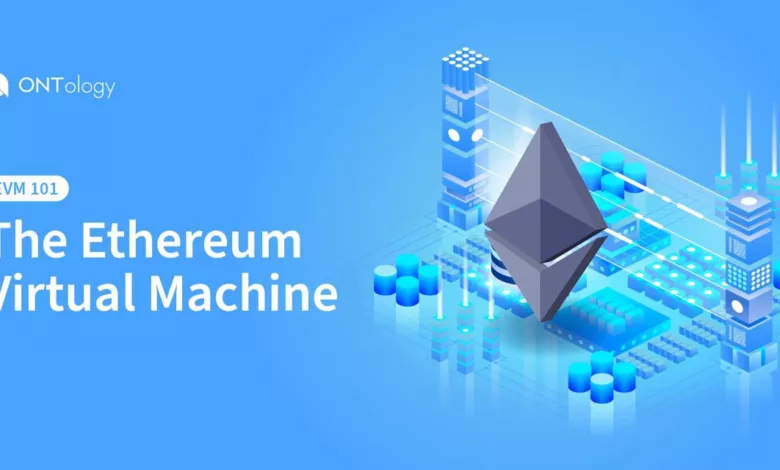Know these things about Ethereum Virtual Machine (EVM)

To understand how the Ethereum blockchain works, it is essential to get acquainted with its core component – the Ethereum Virtual Machine (EVM). The EVM provides a secure, trustless infrastructure for developers to compile and execute smart contracts on Ethereum. Before investing in Ethereum, you may also read about some top advantages of Ethereum.
For many skilled coders in the blockchain space, this technology is one of the biggest advantages that make launching DeFi platforms like DApps, tokens, and DEXs on Ethereum so appealing. If you’re new to all this tech talk but still curious about what makes the EVM appealing, here’s an overview of what it does and how it functions.
What is an Ethereum Virtual Machine?
Ethereum Blockchain has developed an important component known as Ethereum Virtual Machine (EVM). It is the main platform of blockchain that permits the operation of codes for smart contracts. It’s authored in Solidity programming language and also operates on Ethereum as a runtime atmosphere for several distributed applications (DApps).
The EVM’s adaptability as well as support for smart contracts is exactly what makes it well-known among programmers. Additionally, it enables you to create applications in your chosen programming language and run them in the safe environment of Ethereum. The EVM can identify the condition of the bzzlockchain after including each block, apart from utilising smart contracts. It’s developed like a state machine which enables it to execute specific immutable operations to figure out the state of Ethereum.
How does Ethereum work?
Ethereum Virtual Machine functions like a sandbox or a private Virtual computer in which you could create dApps. These dapps are created in various programming languages and are maintained in the Ethereum blockchain. Inside the Ethereum system, the EVM can be incorporated into every node. It produces a cloud environment including all guidelines as well as conditions for the delivery of code. This guarantees the instant implementation of smart contracts.
Code may be made in scripting languages such as Solidity, Python, Vyper or maybe some EVM-compatible language. The EVM can’t, though, handle all programming languages. Firstly, it transforms the code into “bytecode” computer-understandable code. Additionally, since operations are carried out in a sandbox atmosphere, you can change them at any time without impacting your data or programs.
This will make the computer more dependable and secure for getting started on any DeFi project. At the front end of carrying out smart contracts, various functions happen. It includes 2 primary features:
Gas Fee Calculation
For every transaction which the EVM performs there’s a charge. It makes sure, though, that the device doesn’t have downtime and functions seamlessly. If you wish to utilize the highly effective EVM tool to put into action a smart contract, you have to purchase the gas. Gas is utilized as a unit of work for Ethereum. It sets the price of calculation for a transaction in the system. This is the reason the EVM computes its gas charges along with the backdrop of good contract execution. Additionally, it internally calculates commissions for completed orders. Thus, whenever you verify a transaction, your wallet is going to ask you for a little amount of Ether as reimbursement for gas. The payment generally depends upon the specifics of a smart contract.
EVM using OpCode
The EVM is a Turing Complete platform, which means that it can operate any complicated algorithm. This particular ability is the result of the Opcode because it lets EVM carry out instructions for smart contracts. Opcodes are a group of more than 140 instructive operations that assist EVM in executing codes. These actions are Push, Call, and ISZERO mSTORE among others. It additionally utilizes other actions to be able to work with various blockchains.




